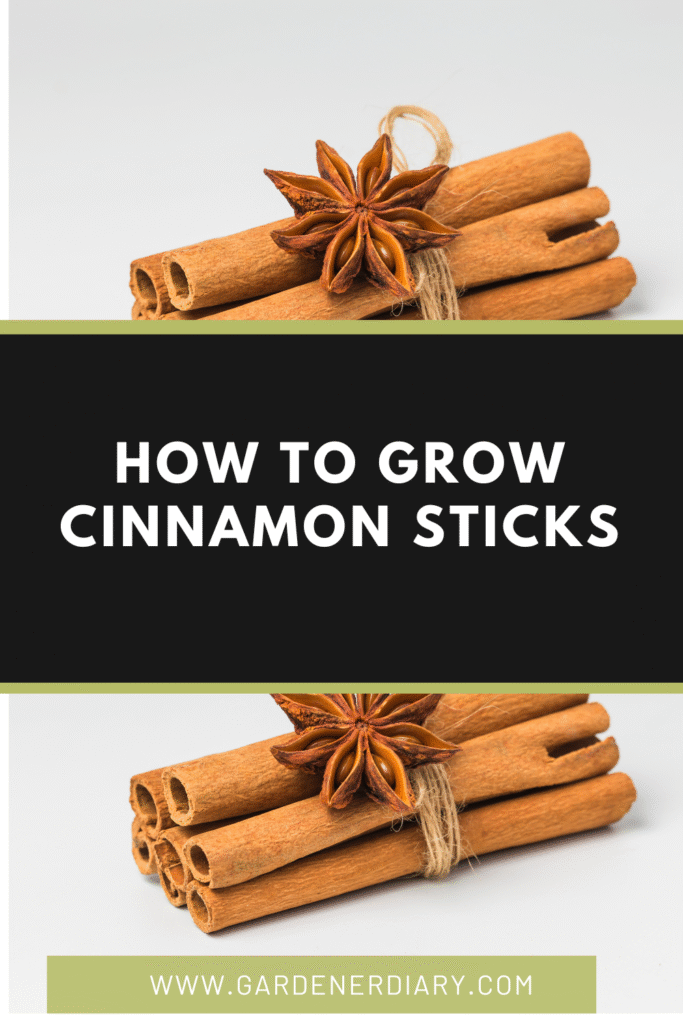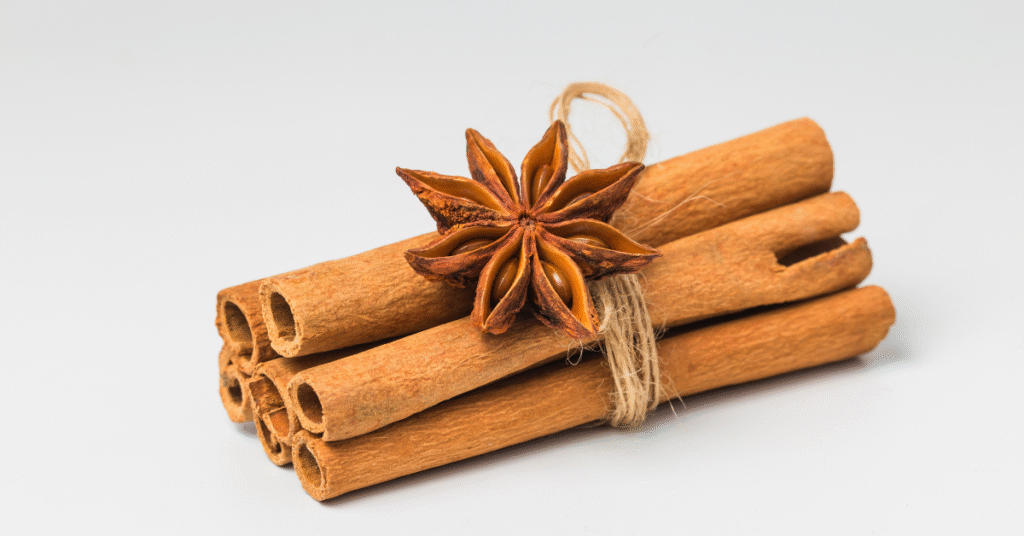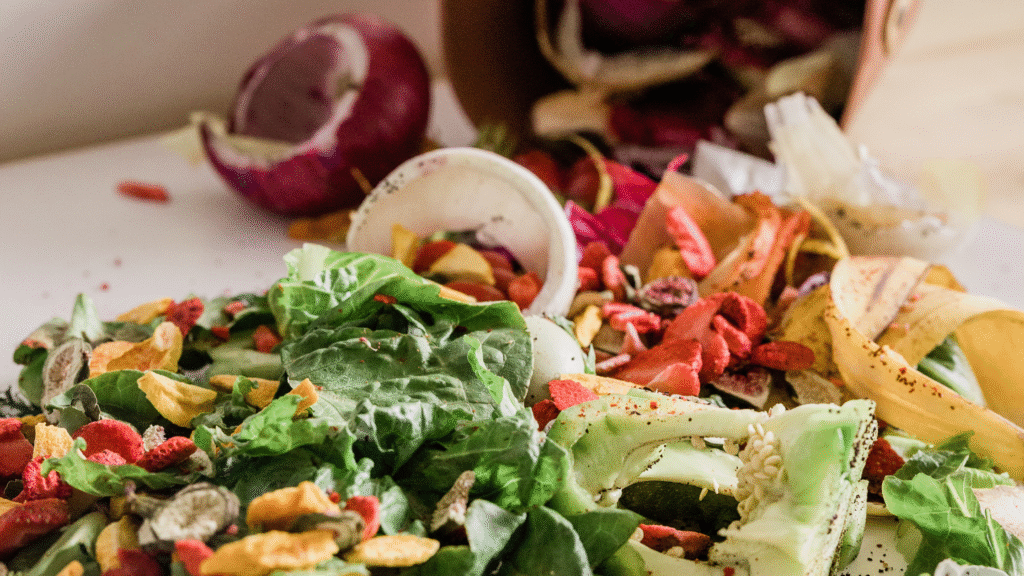Cinnamon is one of the most loved spices in the world. The warm aroma and sweet flavor make it popular in both food and medicine. Growing cinnamon sticks at home is possible if you provide the right conditions. This guide will explain step by step how to grow cinnamon sticks successfully, from planting to harvesting.
What Are Cinnamon Sticks?
Cinnamon sticks are made from the inner bark of trees in the Cinnamomum family. The most common types are:
- Cinnamomum verum (Ceylon cinnamon) – also called “true cinnamon.”
- Cinnamomum cassia (Cassia cinnamon) – stronger in flavor and widely available.
The sticks are harvested by peeling the inner bark, drying it, and letting it curl naturally into rolls.
Can You Grow Cinnamon at Home?
Yes, you can grow cinnamon if you live in a tropical or subtropical climate. Cinnamon trees thrive in warm temperatures, high humidity, and well-drained soil. If you don’t live in a suitable climate, you can still grow cinnamon indoors or in pots with proper care. Learn more about growing cinnamon indoors or growing cinnamon outdoors.
Growing Cinnamon Sticks: Step-by-Step
1. Choose Your Planting Method
You can grow cinnamon in several ways:
- From seed – Fresh seeds germinate best. Learn how to start cinnamon from seed.
- From cuttings – Stem cuttings root faster and are widely used. See this guide on growing cinnamon from cuttings.
- From existing sticks – In some regions, growers experiment with planting cinnamon sticks though results vary.
👉 Research has shown that soaking cinnamon seeds in rabbit urine can increase their viability (study).
2. Prepare the Soil
Cinnamon prefers:
- Slightly acidic soil (pH 4.5–5.5)
- Rich organic matter
- Good drainage
Mix compost and sand into the soil before planting. Avoid heavy clay soil that retains water.
3. Planting
- Seeds: Plant fresh seeds 1–2 cm deep in moist soil.
- Cuttings: Place cuttings in a mix of sand and compost. A study on cutting material and planting medium showed that medium type strongly affects root success.
- Keep the soil evenly moist but not waterlogged.
4. Location and Light
Cinnamon grows best in:
- Warm temperatures (20–30°C)
- Humid climates with annual rainfall of 1,500–2,500 mm
- Partial shade for young plants, full sun for mature trees
For pot growing, see this guide on growing cinnamon in pots.
5. Watering
- Water regularly to keep soil moist.
- Avoid overwatering, which can cause root rot.
- Mulch around the base to retain moisture.
6. Fertilizing
Feed the plant with organic compost or balanced fertilizer every 2–3 months. This supports healthy bark production.
7. Care and Maintenance
- Prune branches regularly to encourage new shoots.
- Remove weeds around the base.
- Protect young plants from pests like scale insects.
See the full guide on how to care for a cinnamon tree.
8. Harvesting Cinnamon Sticks
Cinnamon trees need a few years before harvest. According to this detailed guide, most trees are ready after 2–3 years.
- Cut branches during the rainy season when the bark peels easily.
- Remove the outer bark.
- Peel the inner bark into strips.
- Dry the strips until they curl into sticks.
The bark can also be ground into cinnamon powder.
Climate and Location Requirements
Cinnamon is native to Sri Lanka and India, but it also grows well in Southeast Asia and Africa. Learn more from this agriculture guide.
Ideal growing conditions include:
- Temperature: 20–32°C
- Humidity: High year-round
- Rainfall: 1,500–2,500 mm annually
- Soil: Sandy loam, well-drained
For colder climates, cinnamon must be grown in pots indoors with controlled temperature and light.
How Long Does It Take to Grow Cinnamon Sticks?
From planting to first harvest, it takes about 2–3 years. Full maturity and regular harvests may take 4–5 years. Learn more about how long it takes for a cinnamon tree to produce cinnamon.
A research review on cinnamon growth and health effects can be found here.
Growing Cinnamon Sticks in Different Ways
- Indoors: For those in cooler climates, learn about growing cinnamon indoors.
- Outdoors: If you live in a tropical area, see growing cinnamon outdoors.
- Pots: Small spaces can still support cinnamon if grown in containers. See growing cinnamon in pots.
Additional care tips can be found in this Spruce guide.
Health Benefits of Cinnamon Sticks
Cinnamon is not just a spice. It also has health benefits supported by studies:
- Blood sugar control – Research shows cinnamon helps regulate glucose levels (study).
- Anti-inflammatory properties – Reduces swelling and joint pain.
- Antioxidant effects – Protects cells from damage.
- Heart health – Supports healthy cholesterol.
For more uses, check this guide on cinnamon tea benefits.
Common Problems When Growing Cinnamon
- Poor seed germination: Fresh seeds are required. Older seeds lose viability.
- Root rot: Caused by overwatering.
- Slow growth: Often due to poor soil nutrition.
- Pests: Watch out for mealybugs and leaf spot disease.
Organic solutions like neem oil and compost tea help protect the tree naturally.

FAQs
How to grow cinnamon from seeds?
Growing cinnamon from seeds requires fresh, viable seeds because they lose their ability to germinate quickly. First, collect ripe seeds directly from the cinnamon fruit, clean them, and soak them in water for 24 hours to soften the outer coat. Plant the seeds in a well-drained, sandy-loam soil enriched with organic compost. They should be sown about 1–2 cm deep and kept consistently moist but not waterlogged. Germination usually begins within 15–30 days under warm, humid conditions. Once seedlings are about 10–15 cm tall, they can be transplanted into the ground or larger pots where they will grow into healthy trees.
How long does it take to grow cinnamon from seed?
Cinnamon trees grown from seed are relatively slow to mature. Germination itself may take a few weeks, but the young plant requires at least 2–3 years before it becomes strong enough for its bark to be harvested. Typically, cinnamon reaches its first harvestable stage between 2–3 years, with better yields after 4–5 years. Patience is crucial, as the tree needs time to establish its root system and develop sufficient bark layers.
What is the lifespan of a cinnamon tree?
A cinnamon tree, if grown under the right conditions, can live for 30 to 50 years. During this lifespan, it can produce cinnamon bark regularly once mature. However, the quality and thickness of the bark improve as the tree ages. With proper pruning, fertilization, and pest management, a cinnamon tree can continue to thrive for decades, serving as both a spice source and an evergreen ornamental plant.
How to cultivate a cinnamon tree?
To cultivate a cinnamon tree, choose a warm, humid climate with rich, well-drained soil. The planting site should receive partial shade in the early stages and full sun as the plant matures. Start with seeds, cuttings, or seedlings, and plant them in soil enriched with organic compost. Regular watering is essential to maintain soil moisture, but care should be taken to avoid waterlogging. Fertilize every 2–3 months with organic manure or balanced fertilizer. Regular pruning encourages new shoots, which provide the best quality bark. Mulching around the base also helps retain moisture and control weeds.
What climate is best for cinnamon?
Cinnamon thrives in tropical and subtropical climates where temperatures range between 20–32°C (68–90°F). It prefers regions with high humidity and an annual rainfall of 1,500–2,500 mm. Constant warmth without frost is essential for its survival, as the tree is sensitive to cold and cannot withstand freezing conditions. Coastal areas, rainforest regions, and lowland tropics are ideal environments for cultivating cinnamon successfully.
How do you propagate a cinnamon tree?
Cinnamon can be propagated through seeds, cuttings, and air layering. Seed propagation is the most natural method, though it requires fresh seeds to ensure germination. Cuttings, usually taken from semi-hardwood stems, root faster when placed in a sandy, organic-rich medium. Air layering, where a branch is wounded and wrapped with moist soil until roots form, is also effective. Each method has advantages: seeds provide genetic diversity, while cuttings and layering ensure the plant retains the characteristics of the parent tree.
What is the best climate for cinnamon?
The best climate for cinnamon is warm, humid, and frost-free. It grows best in regions near the equator where seasonal variations are minimal. A stable temperature of 25–30°C, coupled with evenly distributed rainfall, creates the perfect environment. Dry spells should be avoided, as cinnamon trees require consistent moisture. This is why cinnamon cultivation is successful in countries like Sri Lanka, India, Indonesia, and parts of Africa.
What are the high-yielding varieties of cinnamon?
Some high-yielding cinnamon varieties include Cinnamomum verum (Ceylon cinnamon), prized for its delicate flavor and health benefits, and Cinnamomum cassia, which produces thicker bark with a stronger taste. Within Sri Lanka, improved strains of Ceylon cinnamon such as Sri Gamunu, Sri Vijaya, and Sri Gemunu are known for their higher yields and better bark quality. These varieties are selected for disease resistance, rapid growth, and superior bark characteristics.
What is the local name for cinnamon in Nigeria?
In Nigeria, cinnamon is often referred to as “Kirfa” in Hausa, while in Yoruba it may be known as “Oloorun” or “Epo igi” depending on the dialect. These local names are commonly used in traditional medicine and spice markets. Cinnamon is valued both as a culinary spice and as a natural remedy for digestive problems, colds, and blood sugar regulation in Nigerian herbal practices.
What’s the difference between Ceylon cinnamon and regular cinnamon?
Ceylon cinnamon (Cinnamomum verum) is known as “true cinnamon.” It has a lighter, sweeter flavor with delicate, paper-thin bark that rolls into multiple layers. It also contains very low levels of coumarin, a natural compound that can be harmful in high doses. Regular cinnamon, commonly called cassia (Cinnamomum cassia), has a stronger, spicier taste with thick, hard bark that curls into a single roll. Cassia is cheaper and more widely available, but Ceylon cinnamon is considered superior for both health and culinary purposes.
Which country produces the most cinnamon in the world?
The world’s largest producer of cinnamon is Indonesia, which supplies over 40% of the global cinnamon market. Other major producers include Sri Lanka, China, Vietnam, and India. Sri Lanka, though smaller in production volume compared to Indonesia, is famous for producing the highest-quality Ceylon cinnamon, which is highly valued in international spice markets for its delicate aroma and health benefits.
Final Thoughts
Growing cinnamon sticks at home is rewarding. It takes patience, but the results are worth it. By providing the right soil, climate, and care, you can enjoy fresh cinnamon from your own tree. Whether grown from seed, from cuttings, or even in pots, cinnamon will thrive when given proper attention.
Once established, your tree will produce cinnamon for decades, providing both a natural spice and a beautiful evergreen plant.

